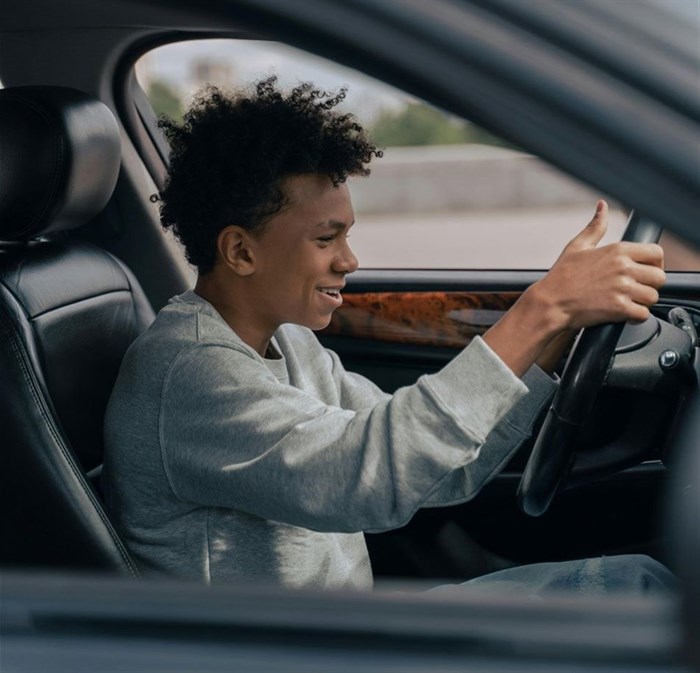
Top stories

Marketing & MediaThe Odd Number named Financial Mail AdFocus Mid-Sized Agency of the Year
The Odd Number 1 hour

Marketing & MediaProvantage: Spreading joy through the 2025 Santa Shoebox Drive
Provantage 56 minutes




More news






















That anger, while understandable, doesn’t help either. As Keletso Mpisane, head of digital vehicle insurance at MiWay Blink, points out, driving angry comes with increased risks to you and other road users.
Mpisane explains, “Angry driving is distracted driving. If you’re focused on what someone else did to you two intersections ago, you’re not concentrating on your own driving and your surroundings. That can easily result in you hitting another vehicle or even a pedestrian. Things can get even worse if you decide to apply your own retributive justice and chase after a driver who you feel has wronged you.”
Fortunately, it doesn’t have to be that way. As Mpisane points out, a few small behavioural changes can reduce your own driving stress and those of your fellow drivers.
“A major cause of stress when driving is the worry of arriving late at a destination,” says Mpisane. “While there will always be unforeseen incidents, you can virtually eliminate that stress by ensuring that you leave for your destination on time. That also means you’re less likely to pass your stress on to other drivers.”
If you’re unsure how long it will take you to get to your destination, mapping tools like Google Maps can give you a good indication. You can even look up what time you need to be at that destination and Maps will give you a “leave by” time.
Similarly, you can make your own and other drivers’ trips more pleasant by setting yourself up to be in a good mood before embarking on your trip.
“Outside stresses at work or home have been shown to play a role in road rage,” says the MiWay Blink head. “If you can, it is a good idea to try and leave those stresses behind before getting behind the wheel. Take a few deep breaths, load up your happiest playlist, and set off as calmly as possible.”
One big factor in road rage is that there are many more barriers between you and the driver who you feel has wronged you. That’s only magnified when you can’t see the other driver’s face. Suddenly, that person ceases to be a fellow human being and becomes an unknown force that’s out to wreck your day.
“While you cannot eliminate those barriers,” says Mpisane, “you can mitigate them by catching the other driver’s eye and being as open and friendly as possible, especially if you’re asking to be let into a lane or intersection. Suddenly you’re not the person who rudely pushed in but the one who asked nicely.”
“Simple courtesy can go a long way when it comes to making another driver’s day,” Mpisane says. “Making it easy for someone to merge into your lane or to overtake safely, for example, are simple courtesies that we should extend to other drivers, but all too often do not. Even if you feel the person is in the wrong, it is better to assume they’ve made a simple mistake than that they are acting out of any kind of malice.”
One of the first things that many drivers do when they want to express their anger at another driver’s transgressions is sit on their hooter. As Mpisane points out, while that impulse is understandable, it’s an impulse that drivers should look to curb.
“Your hooter is a safety feature,” she says, “try and reserve it for situations where you really need it. While you may get temporary satisfaction from hooting, it could easily antagonise other drivers and put you and others in danger.”
Mpisane concludes, “it is important to remember that our roads are a shared resource. They only work if everyone remembers that and treats fellow drivers with courteousness and respect.”